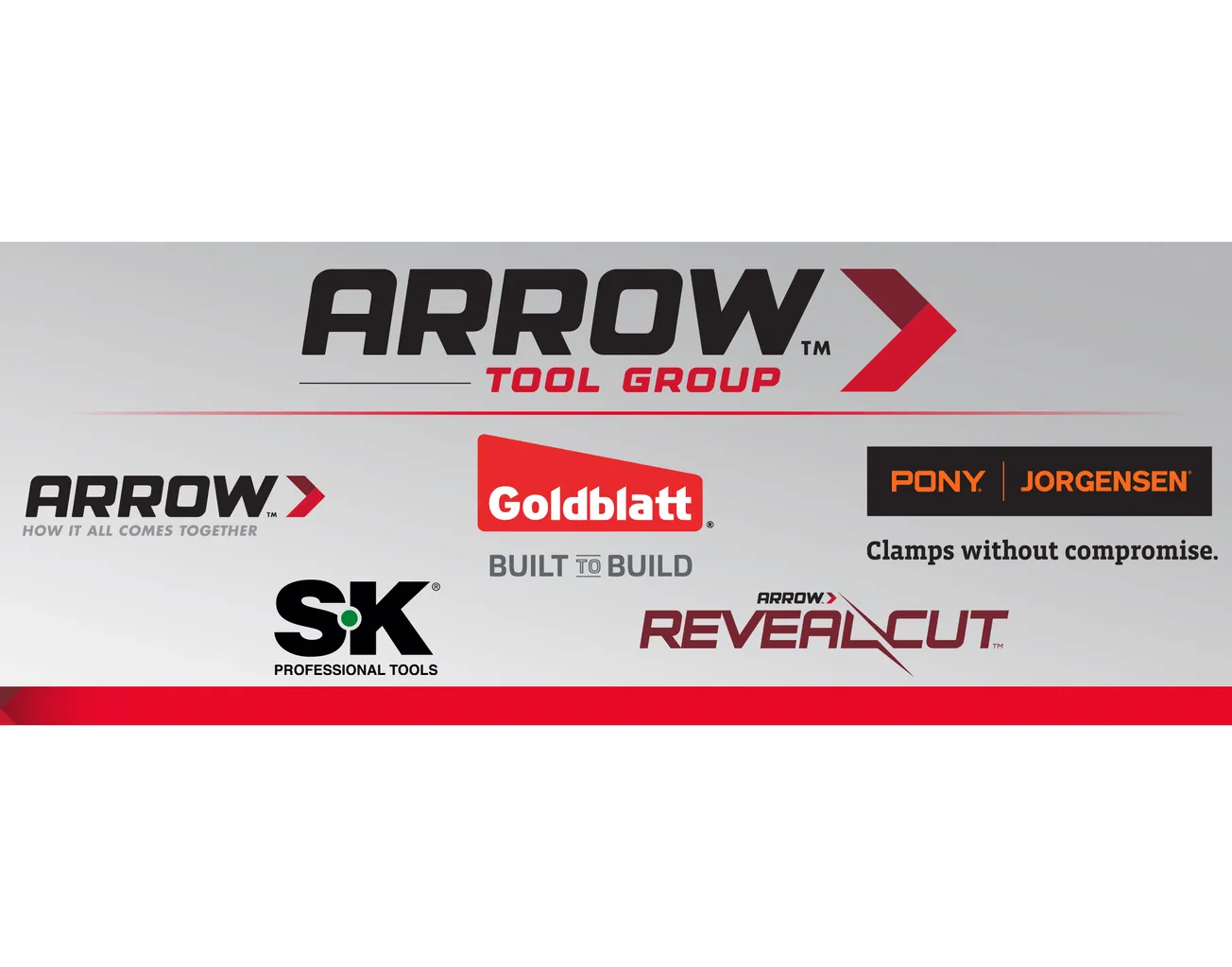Table of Contents
Prospecting done well is challenging; done poorly, misery. To prospect correctly we must be prepared:
(1) We must be ready for any and all objections we will face while looking for new business.
(2) We must know exactly how we want the call to go.
Prospecting is a two-call process. We qualify the customer on the first call. We find out their top three to four movers in detail:
- What is the grade?
- What species will they use?
- What quality of stock does the customer like?
- What stock won’t they use?
- What kind of tallies do they use?
- What volume do they use?
Now our second call can be a great sales call. Many sellers are unfocused on the first call, creating a need to re-prospect the customer on the second call, which is irritating to the buyer.
In sales, we are in the first impression business. This is why Master Sellers hit the ground running when they lose a big account. They know how to create professional and inspirational first impressions. Struggling sellers do the opposite. Do they build relationships? Yes. But they build relationships slower than the attrition rate in their account box or just fast enough to stay where they are.
First Call
Us: “Good morning, Pete. They tell me you do the lumber buying, is that correct?”
Customer: “Yes.”
Us: “Pete, we move a lot of SYP and SPF in the Southeast. Do you use any SYP or SPF in your operation?”
Customer: “Yes, we do.”
Us: “Great. What are your three biggest movers?”
Customer: “We use 2×4 2/BTR SPF, same in 2×6 and 8’s, 9’s and 10’s in 2/BTR also.”
Us: “Pete, on the 2×4, what kind of stock do you use?”
Customer: “What do you mean?”
Us: “Is there anyone’s stock you won’t take?”
Customer: “We can’t use MNLOP stock. Tried it. It didn’t work for us.”
Us: “Anyone’s stock you prefer?”
Customer: “We like Big Cat stock.”
Us: “Any others that you can use?”
Customer: “EFG and YUM work for us also….”
Us: “Ballpark. How much do you use per month on that item?”
Customer: “It varies.”
Us: “Of course, but more or less, how much do you go through?”
Customer: “Five to six trucks a month, give or take.”
We do the same on a couple more items, get the customer’s contact information, then:
Us: “Okay, Pete, I appreciate your time and look forward to doing business with you. When I hang up, I will send you an introductory email telling you a little bit more about me and my company and Tuesday morning I will send you an offering and follow up right after noon.”
Second Call Goal
The goal of the second call is to offer our new customer something we know they buy and ask them to buy it from us. As simple as this seems the majority of sellers cannot execute this task.
We are not concerned about whether we will get an order or not. (Most likely we won’t.) We are positive and upbeat. We act like we are going to get the business, but the most important point is to get in a Yes/No relationship with our customers as soon as possible. The sooner they say no, the sooner they will say yes.
Second Call
I listen to a lot of really bad second calls. Often the seller is offering the customer something they don’t even use! In many of these calls you can hear the disdain/disappointment in the customer’s voice. Not a good way to start a relationship.
Us: “Good morning, Susan. This is Martha from ABC Lumber. We spoke last Thursday (it’s very important that we remind the customer when we spoke last and what we spoke about), and you told me you like Euro premium out of XYZ Sawmill. We picked up five trucks from them this morning. We’ve got a couple Randoms and two straight 16’s. How many of these would you like to put on?”









